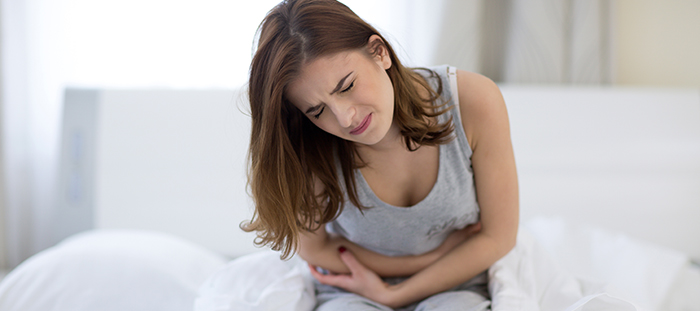Uterine Fibroids vs. Endometriosis
- Details
- by: Leah Johnson
Some women who may be suffering from pain in their pelvic areas may learn that the problem is either endometriosis or uterine fibroids. Some of the symptoms for each of these conditions are similar or even the same, but there are differences. Both endometriosis and fibroids have a role in menstrual irregularity and pelvic pain. And both are leading causes for a hysterectomy. But they are very different conditions.
What is Endometriosis?
The muscular walls of the uterus have a lining called the endometrium. Every month the endometrium lining adds layers to itself in preparation for a fertilized egg. When the egg is fertilized, the lining of the endometrium helps keep the egg nourished.
If fertilization does not happen, then some of the lining of the endometrium is shed with the unfertilized egg during the menstrual cycle. If some of the endometrium, also referred to as the uterine lining, detaches itself rather than leaving the body during the menstrual cycle, it attaches itself to different organs not in the uterus. These organs could include the fallopian tubes, bladder, large intestine, or even the lungs. Each month these cells in the lining continue to swell and act like they would if they had remained in the uterus.
A woman’s body will recognize that the cells are not where they should be, so parts of the body will surround the blood with scar tissue. Blood cysts are then formed on those organs causing various levels of pain or discomfort.
Common Symptoms of Endometriosis
- Pain before menstrual cycles and during menstrual cycles
- In some cases, infertility
- Pain when urinating during their period
- Pain during sexual intercourse
- Pain having bowel movements during their period.
- Nausea, constipation, diarrhea
What Are Uterine Fibroids?
Uterine fibroids are solid tumors that, although usually non-cancerous, can still cause a great deal of pain in the uterus and the pelvic region. These tumors can vary in size and shape, and they generally grow very slowly, but they do grow. Some women have these fibroids but have no symptoms, while other women suffer from extreme discomfort if they have uterine fibroids.
Symptoms of Uterine Fibroids
- Pain and pressure in the pelvic region
- Tumors, sometimes large can develop
- Pain during their menstrual cycles
- Infertility
- Large tumors can cause constipation
- Tumors can cause problems with urination which can lead to kidney issues
- Periods last longer
Causes
The exact causes for these two conditions remains unknown, but many doctors believe that estrogen may be the main culprit.
Only a doctor can determine the presence of endometriosis or fibroids. Medical imaging and other tests are needed to confirm which (or both) conditions might be present. While symptoms may be similar, these are two distinct diseases. They require distinct and specific treatments. Remember, the sooner you identify the problem, the more likely you are to successfully handle it. Endometriosis and fibroids rarely solve themselves.
Questions concerning endometriosis or fibroid symptoms? We’re here to help. Click here to speak with us.


